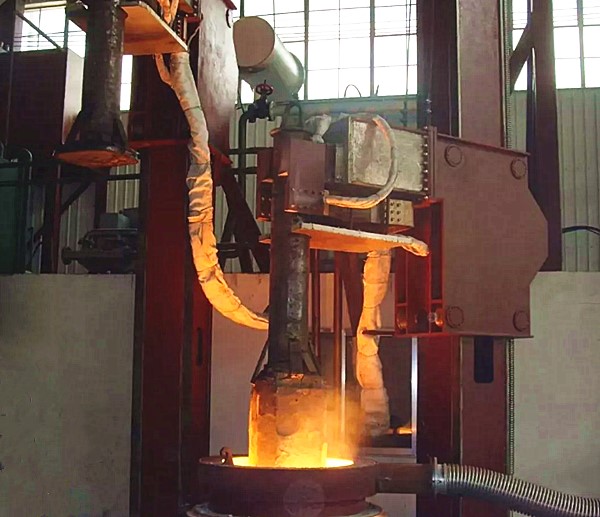Advantages of H13 tool steel made by ESR process
For high-quality tool steel, steel mills generally adopt the smelting processes such as furnace refining, vacuum treatment, vacuum smelting, powder spraying and electro slag re-melting to reduce the content of harmful elements such as oxygen, hydrogen and inclusions in steel. Hot-working AISI H13 tool steel offers High hardenability, excellent wear resistance and hot toughness, has been widely used in hot forging dies, pressure dies casting tools, extrusion tools, hot shear blades, stamping dies, plastic mold and aluminum alloy die casting dies.
The common smelting methods of AISI H13 tool steel include electric furnace smelting + electroslag remelting, ladle refining(LF) and electric furnace smelting + vacuum degassing(VD). As the name implies, electric furnace steel is the steel made by furnace including VD type ladle refining furnace, vacuum induction furnace and electric arc furnace and etc. Electroslag remelting (ESR) process can effectively improve the low microstructure and densification of steel, and improve the isotropy of die steel. The principle of ESR is: when the consumable electrode, slag and bottom water tank form a supply loop with the transformer through the short net, a current is sent from the transformer through the liquid slag. Because the slag resistance in the power supply circuit is relatively large, a large amount of heat is generated in the slag pool, making it in the molten state of high temperature. The slag pool’s temperature is much higher than the melting point of the metal, which gradually heats the end of the consumable electrode and melts it. The molten metal falls off the end of the electrode and enters the molten metal pool under the action of gravity. Due to the forced cooling of the water-cooled crystallizer, the liquid metal gradually forms an ingot.

Electroslag smelting process can effectively control the cleanliness and microstructure uniformity of H13 steel, which is an important link in the production of high-quality H13 steel. Relatively speaking, the cost of electric furnace smelting is low, and such refining methods as package LF+ VD can also produce H13 steel with low S and P content (≤0.003%S, ≤0.015%P). Except for some advanced special steel mills, the H13 steel produced by electric furnace smelting has low transverse toughness and cannot meet the standard of NADCA 207-2003 “north American die casting association H13 microstructure rating chart”. Compared with H13 electroslag steel, H13 furnace steel mainly has the following defects:
- Poor density and low purity;
- Severe annealing banding segregation and uneven annealing structure;
- After quenching and tempering, many liquid carbides remained unchanged; In the impact test, the place where the chain-like liquid carbide accumulates is easy to crack, and the fracture is characterized by horizontal streaks and low toughness.
Steel mill test results: ESR H13 tool steel has greater homogeneity and an exceptionally fine structure, resulting in improved machinability, polishability and high-temperature tensile strength. The transverse impact toughness of EAF H13 steel is equivalent to only 31% of the longitudinal, while the transverse impact toughness of ESR H13 steel is equivalent to 70% of the longitudinal. For the tool steels with special requirements, powder high-speed steels and high alloy die steels produced by powder metallurgy process can better improve the microstructure and properties of the steels.


